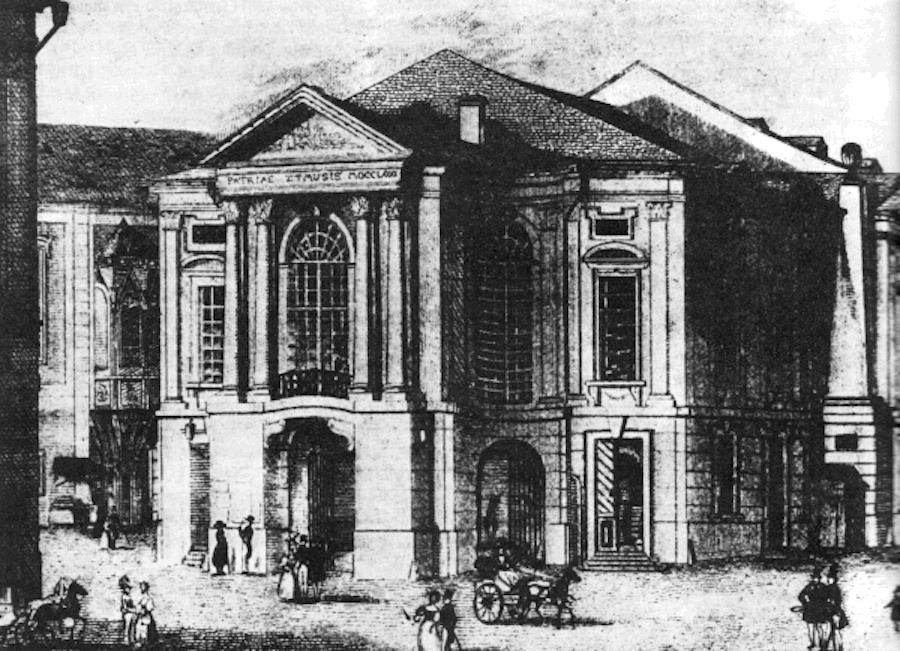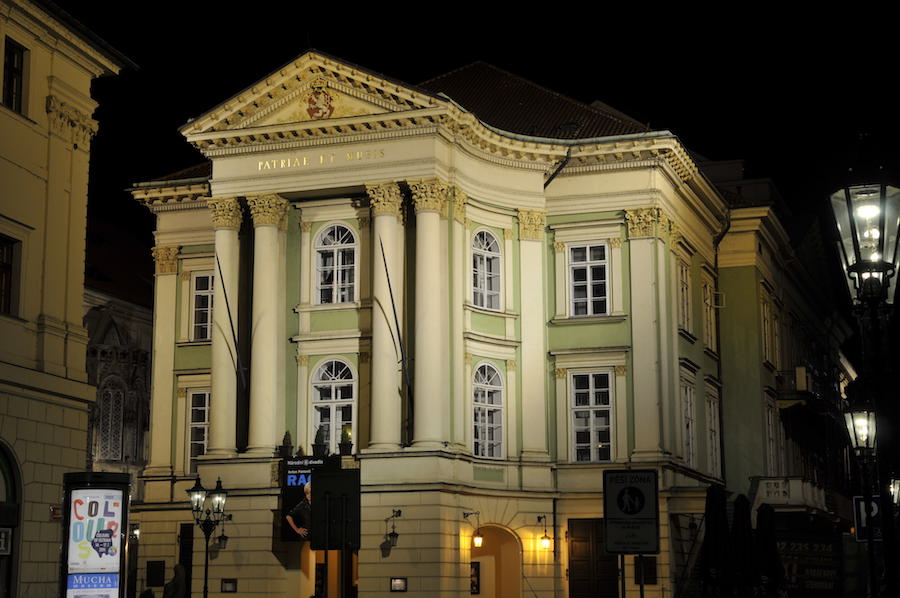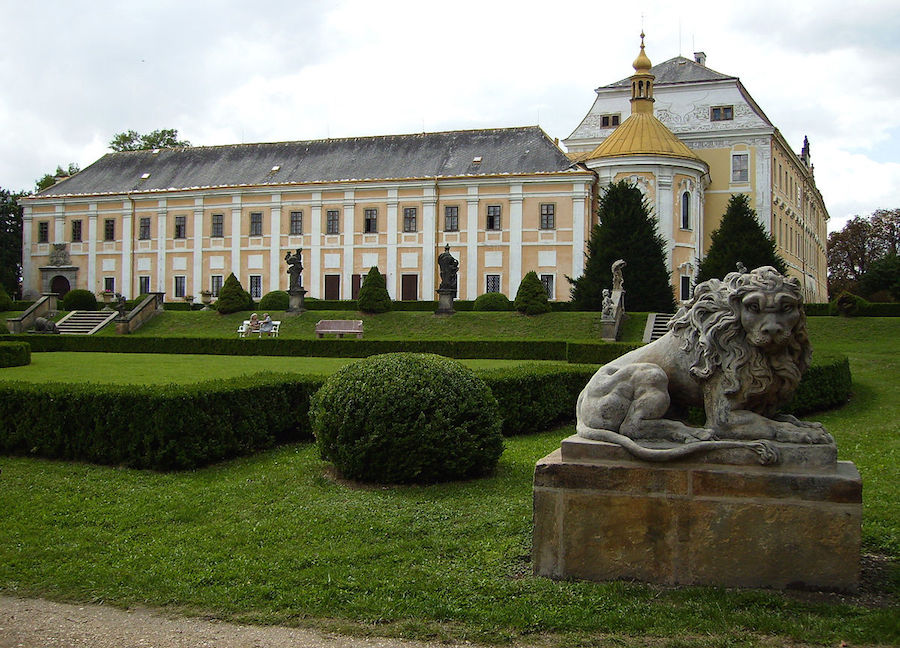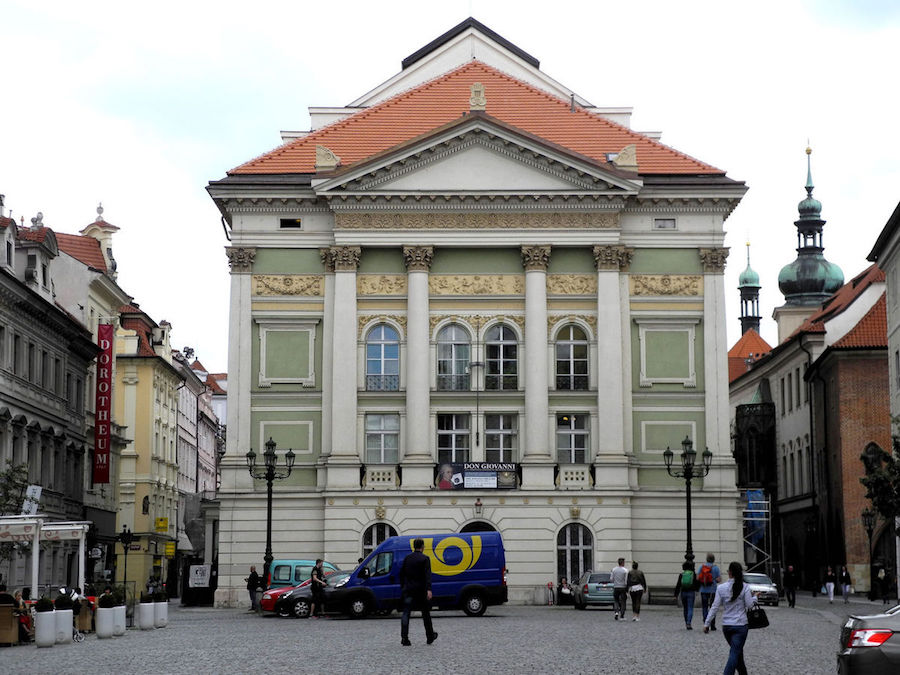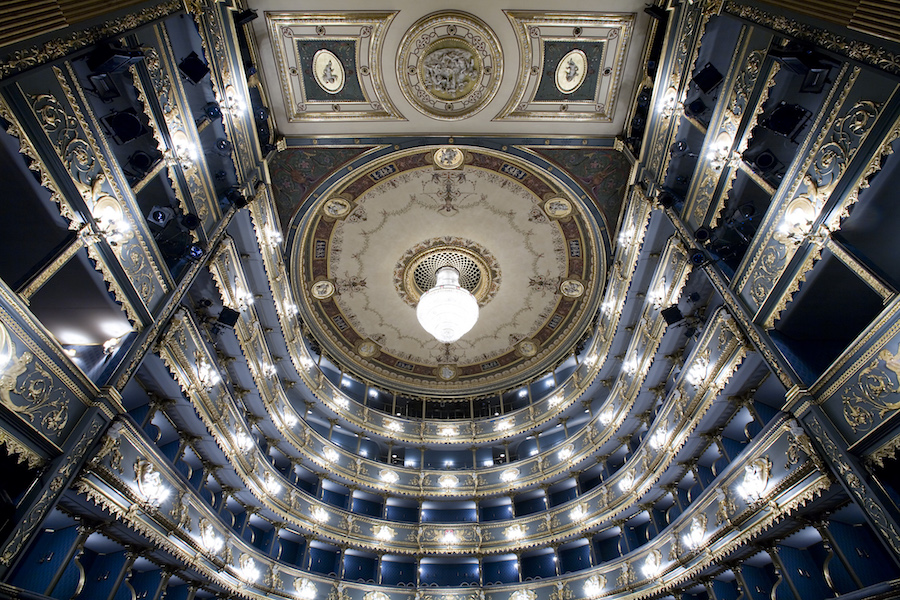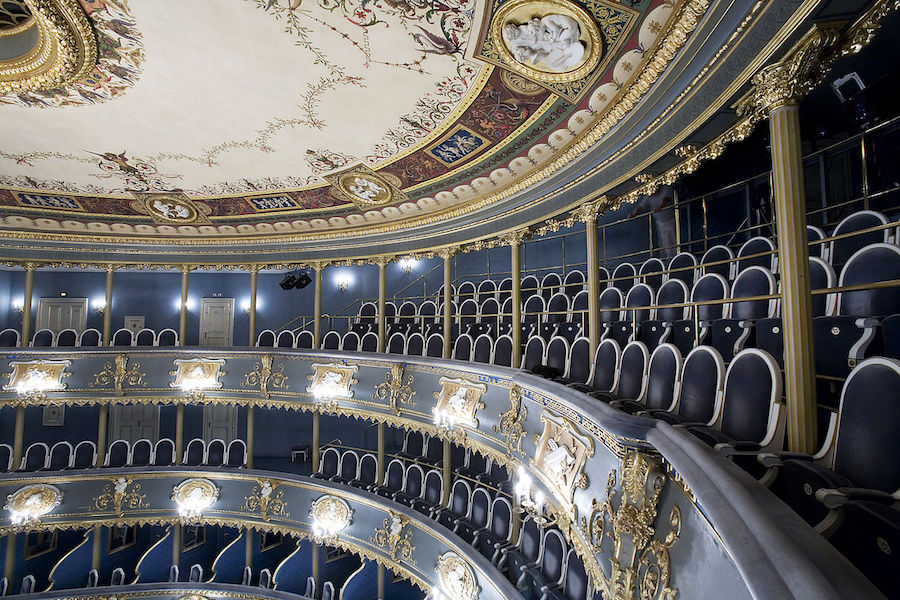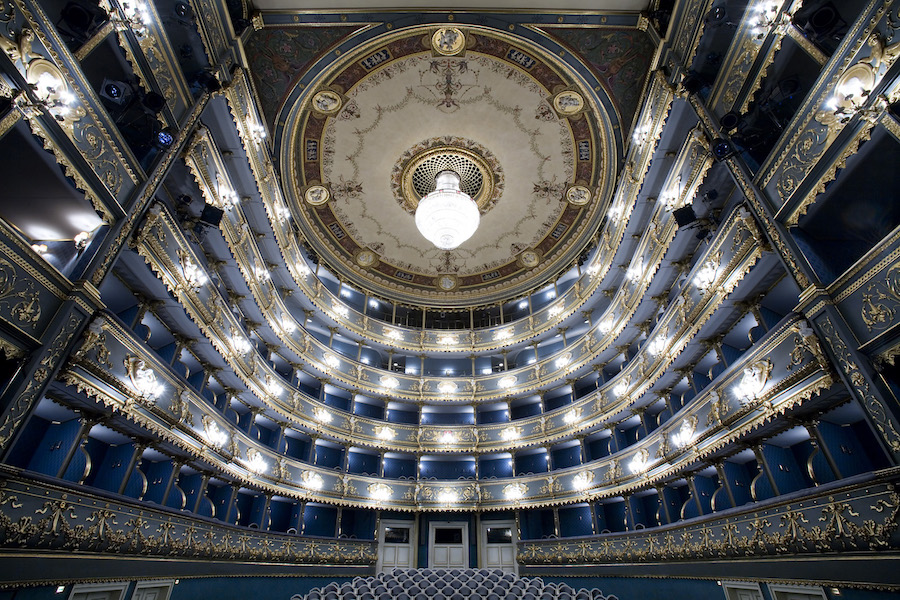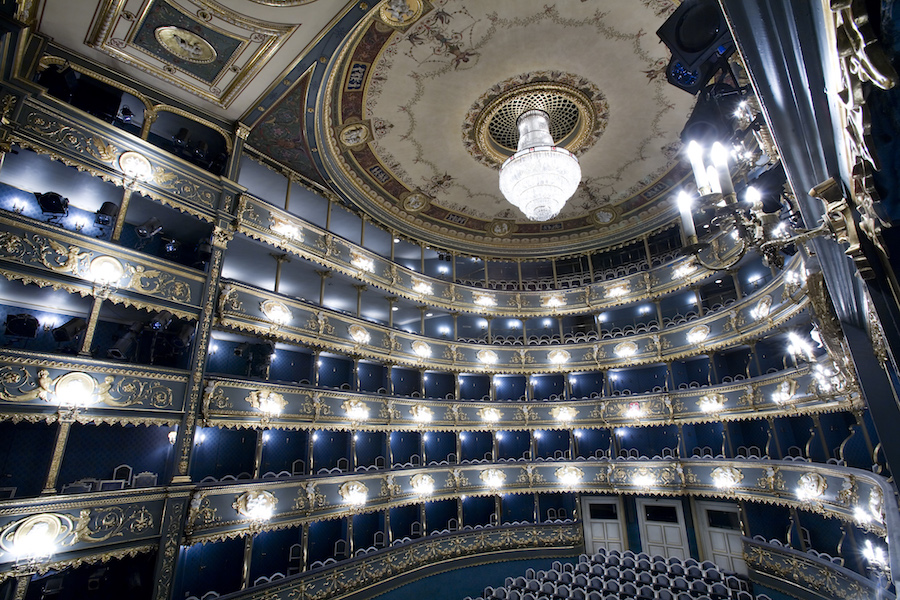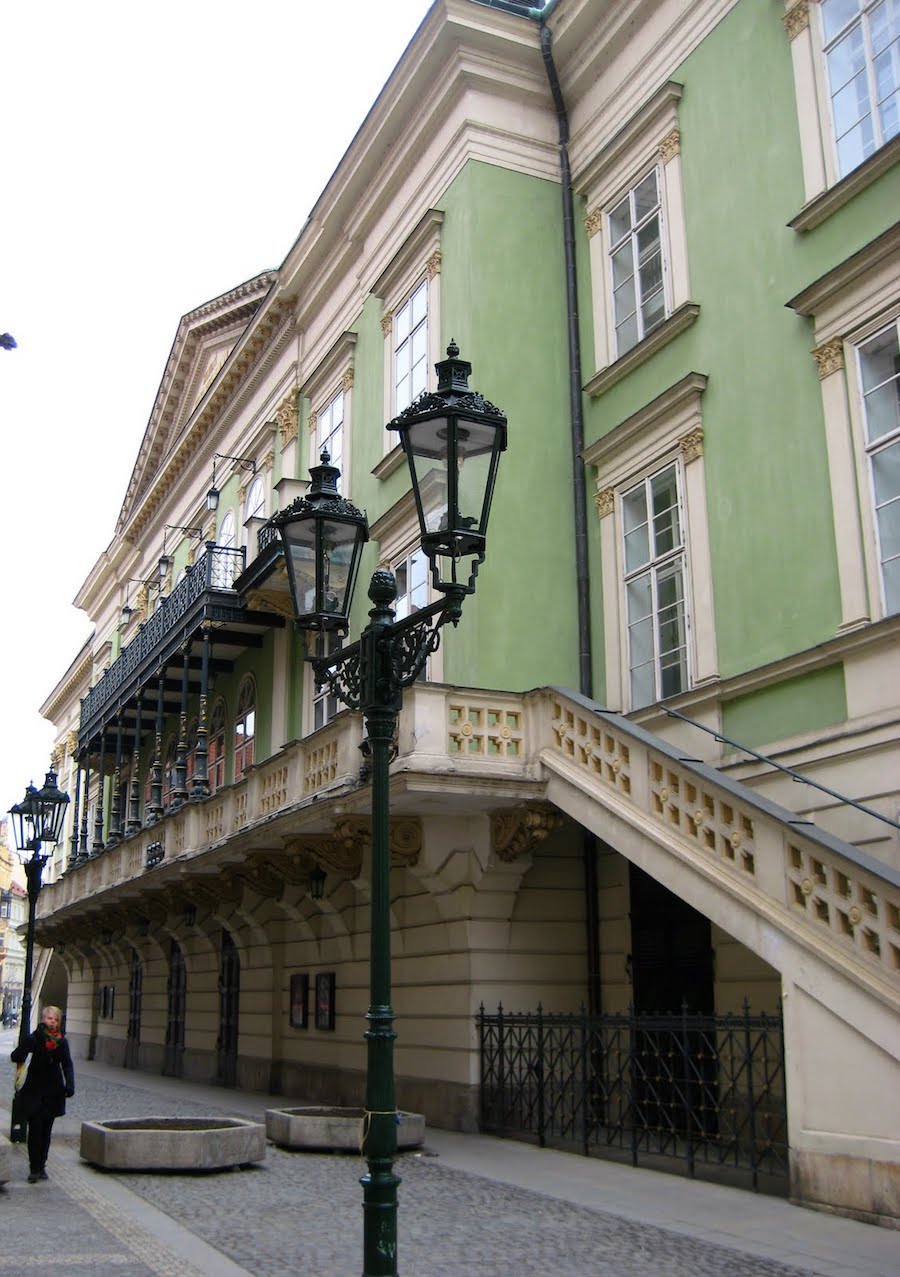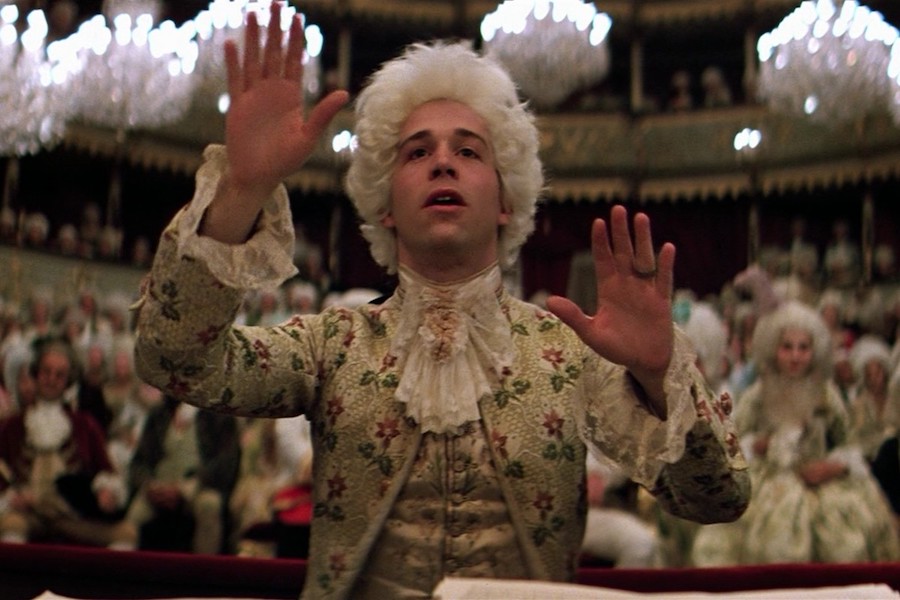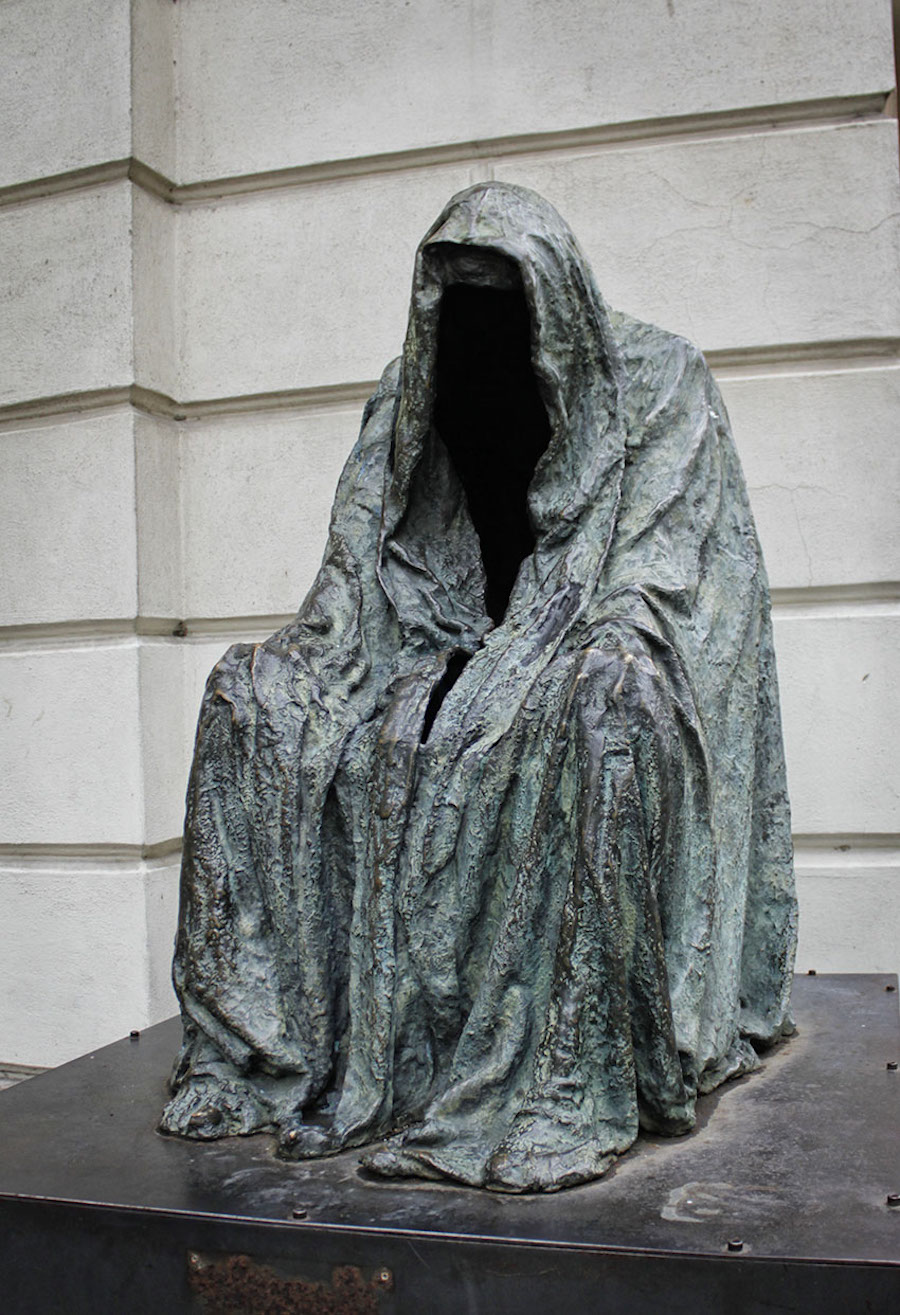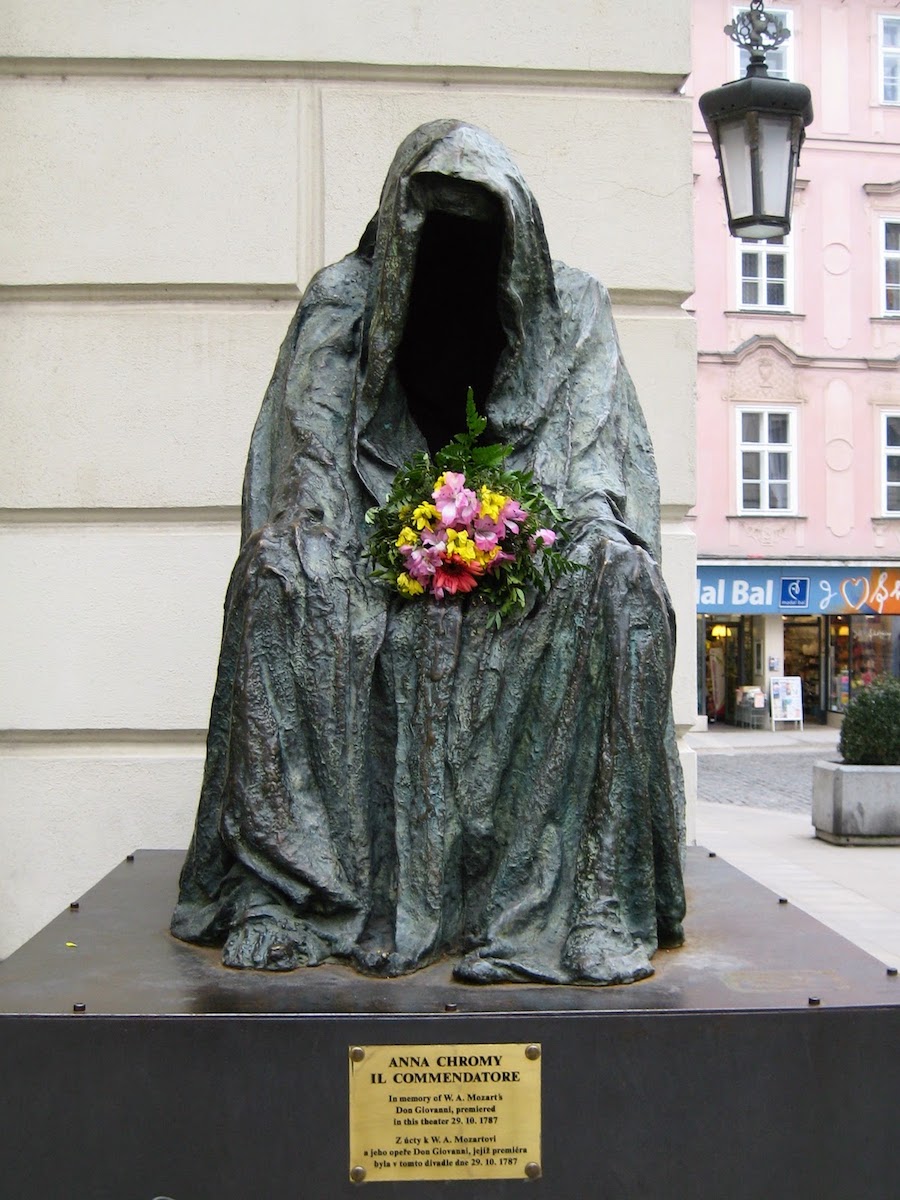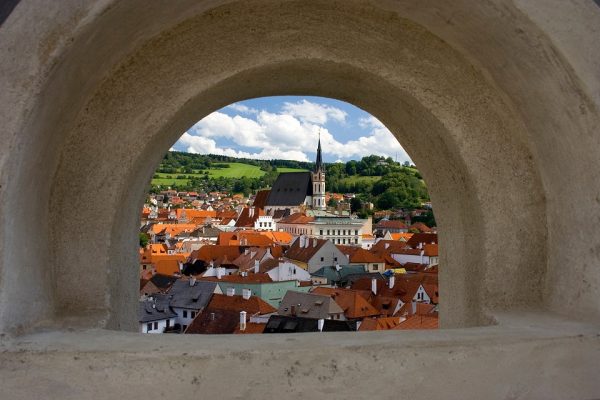The Estates Theater, or Stavovské Divadlo as it is more commonly known in Czech, is Prague’s oldest theatre and one of the most beautiful theater buildings in all of Europe. Built in the late 18th century and designed by Czech architect Anton Haffenecker, its construction, which only lasted two years, was started by aristocrat František Antonín Count Nostitz Rieneck when it was known as Count Nostic’s Theater.
Haffenecker also helped design the lesser-known baroque Lysá nad Labem castle, which was the residence of many Czech queens, generals, and nobles, including Judith of Habsburg, the wife of King Wenceslaus II.
The Estates Theater has been part of the National Theatre since 1920, and it is mostly known for its incredible works in ballet, drama, and opera. Though it was originally built with the intention of producing only German and Italian operas and dramas, productions in the Czech language soon began in 1785.
The Estates Theater is probably most well-known for its association with Wolfgang Amadeus Mozart; this is because of the world premieres of two of his operas, first, the famous Don Giovanni (October 29, 1787 – which Mozart led himself) and second, La Clemenza di Tito (1791, on the occasion of the coronation of Leopold II).
It is no wonder Mozart chose this theater; it’s intimate and astonishingly beautiful, with soft blue interiors against golden murals, all illuminated by a massive chandelier. Because of Mozarts popularity in the city of Prague you can now find shops dedicated to Mozart souvenirs, the theater also still includes Don Giovanni in it’s repertoire.
It is amazing how well-preserved the theater is both inside and out, it is nearly in it’s original condition. The outside is grand, a creamy green is the color of the building with strong columns. An inscription above the portal states the intentions of its creator, “Patriae et Musis,” which means “To the native land and the muses.”
Some of you might Have read our post about the uniforms of the Czech castle guards. If you did, you probably know that Theodor Pistek, a Czech costume designer, is the one who designed the costumes for the 1984 film Amadeus.
The costumes are not the only Czech influence in the film. Did you know the famous Don Giovanni conducting scene was filmed in the Estates Theater?
Just look at the backdrop; it’s easy to recognize the intricate balconies and beautiful gold details…
The Estates Theater in Prague played a significant role in introducing the first Christmas tree to the Czech Republic. The historic moment occurred in 1812 when Jan Karel Liebich, a Bavarian actor and the director of the Estates Theater, decided to create a memorable Christmas gathering for his friends and colleagues. In the invitations, Liebich promised a unique surprise.
As his guests arrived, Liebich unveiled a room adorned with a brightly lit and decorated Christmas tree. This event is documented as the first recorded instance of a decorated Christmas tree in Prague. However, the tradition of Christmas trees did not immediately catch on and become widespread.
Decorating Christmas trees gradually gained popularity in the following decades. By the 1870s, it became a tradition in wealthier households. In rural areas, the practice took more time to spread, and it wasn’t until around thirty years later, and even up to the First World War, that people in the countryside began decorating branches instead of full trees.
Despite initial resistance from Czech revivalists who viewed it as a German import, the Christmas tree eventually became an integral part of Czech holiday celebrations. Today, Christmas trees are a common sight in nearly every Czech household, marking a festive tradition that originated in the iconic Estates Theater in Prague.
Learn more about Czech Christmas Trees and Ornaments.
A bronze sculpture of an empty cloak, made by Anna Chromý, sits just outside the theater. The sculpture commemorates the premier of Don Giovanni. The statue depicts a romantic lover, Il Commendatore, hunched over in a faceless cloak.
The statue is said by some to be haunted, and while some foolish tourist attempt to stick their face in the space of the cloak, it is said that their heads get stuck.
Next time you’re in Prague, this outstanding piece of history is worth a visit. Their productions are exquisite; even if you are not a regular theatergoer, the history alone is enough to visit the Estates Theater.
We tirelessly gather and curate valuable information that could take you hours, days, or even months to find elsewhere. Our mission is to simplify your access to the best of our heritage. If you appreciate our efforts, please consider donating to support this site’s operational costs.
See My Exclusive Content and Follow Me on Patreon
You can also send cash, checks, money orders, or support by buying Kytka’s books.
Your contribution sustains us and allows us to continue sharing our rich cultural heritage.
Remember, your donations are our lifeline.
If you haven’t already, subscribe to TresBohemes.com below to receive our newsletter directly in your inbox and never miss out.

